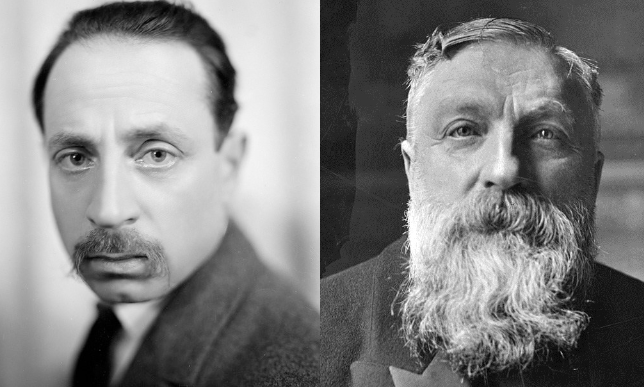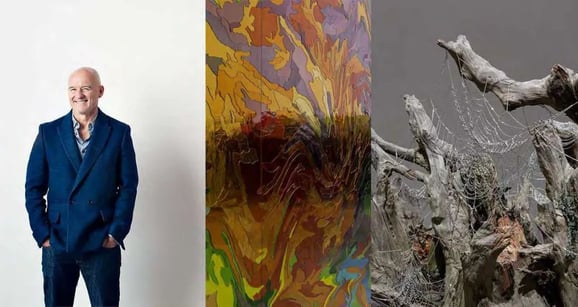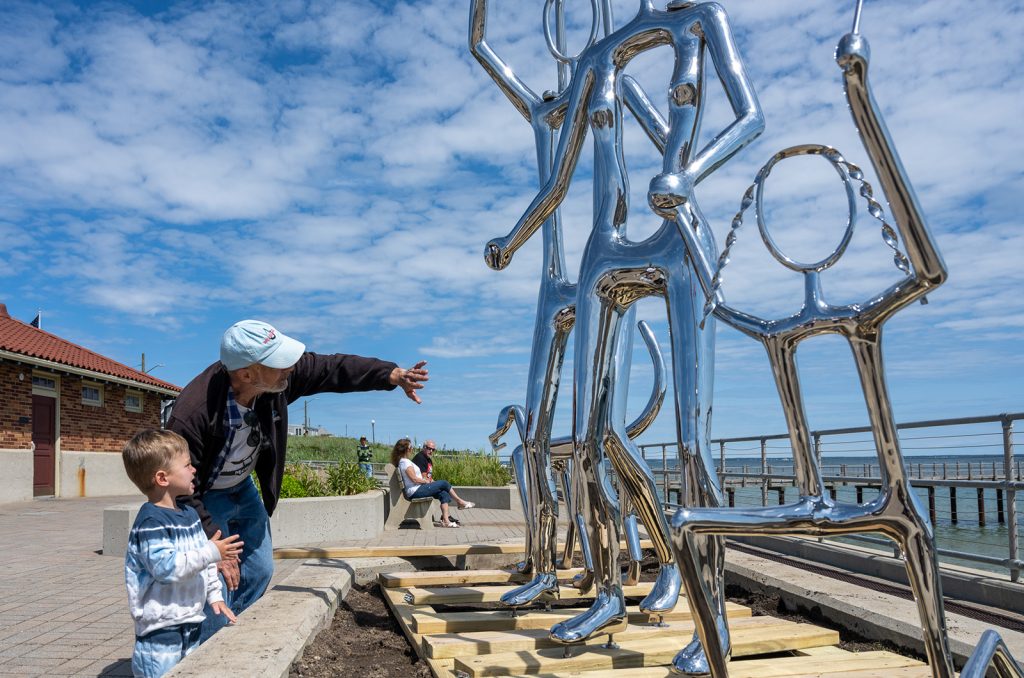The Artistic Dialogue: How Rilke Captured Rodin’s Essence in Words
The collaboration between the poet Rainer Maria Rilke and the sculptor Auguste Rodin represents a fascinating convergence of visual and literary art. Their relationship not only shaped Rilke’s poetic voice but also offered profound insights into the nature of creativity and artistic expression. Understanding this dialogue helps us appreciate how art can transcend mediums and influence one another.
Exploring the Collaboration
Rainer Maria Rilke met Auguste Rodin in 1902, and this encounter significantly impacted both artists. Rilke was captivated by Rodin’s sculptures, which were infused with raw emotion and humanity. The poet began working as Rodin’s secretary, immersing himself in the creative process. This close association allowed Rilke to witness the artist’s obsessive dedication to his craft, which he later expressed in his poetry. Their interaction exemplifies how collaboration can deepen artistic insight and inspiration, providing Rilke with a wealth of material and motivation for his own writing.
Rilke’s Poetical Lens
Rilke’s works often reflect his deep reverence for Rodin’s artistry. In his collection “Sonnets to Orpheus,” Rilke channels the essence of Rodin’s sculptures, transforming their physical presence into lyrical beauty. He sought to capture the emotions and existential themes that Rodin’s art evoked. By exploring ideas of mortality, love, and the human condition, Rilke bridged the gap between sculpture and poetry, allowing readers to experience the depth of Rodin’s work through words. This interplay highlights how one art form can enrich another, enabling a deeper understanding of both.
The Lasting Impact
The relationship between Rilke and Rodin showcases the importance of mentorship and collaboration in the arts. Rilke’s reflections on Rodin influenced a generation of poets and writers who viewed artistic expression as a holistic pursuit. The dialogue between their disciplines invites us to think broadly about creativity—how different forms can enhance and elevate one another. By examining their partnership, we can learn valuable lessons about the interconnectedness of art and the importance of seeking inspiration from others.
In conclusion, Rainer Maria Rilke’s engagement with Auguste Rodin invites us into a rich dialogue between poetry and sculpture. Their collaboration serves as a powerful reminder of the creative process and the ways in which artists can inspire one another across mediums. If you’re intrigued by this artistic relationship, consider exploring their works further. Discover how art can transcend boundaries and inspire profound reflection in your own life.


